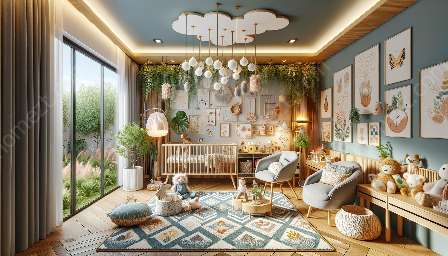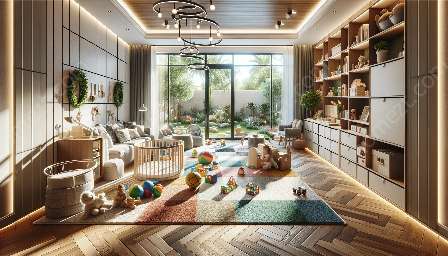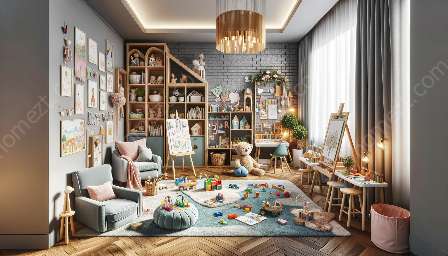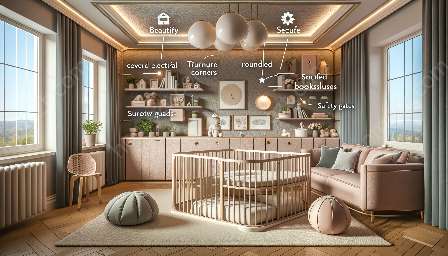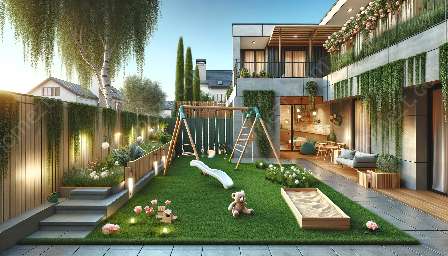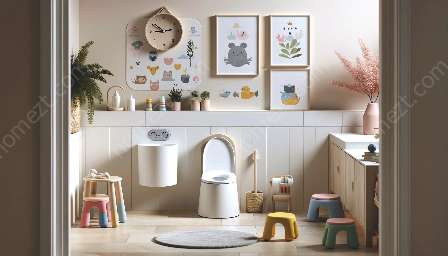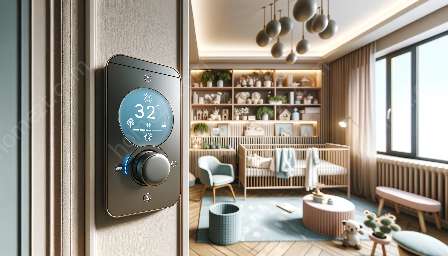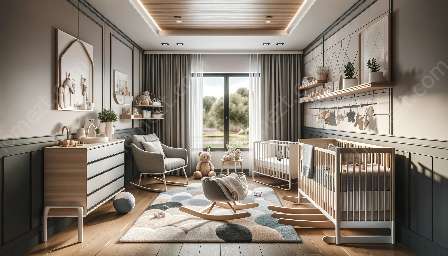As parents, one of the biggest milestones we face is potty training our children. It's a process that takes time, patience, and consistency, but with the right strategies and a supportive environment, it can be a successful and rewarding experience for both you and your child.
This guide will provide comprehensive information and tips for successful potty training, creating a nurturing nursery and playroom environment to support this transition, and maintaining a clean and organized home and garden during the potty training journey.
The Potty Training Process
Potty training is a significant developmental stage for toddlers as they transition from diapers to using the toilet. It's essential to approach this process with patience and understanding, as every child is different and will progress at their own pace. Here are some key steps and tips to help you get started:
1. Readiness
Before beginning potty training, ensure that your child is showing signs of readiness, such as staying dry for longer periods, showing interest in the toilet, and being able to communicate their needs.
2. Introducing the Potty
Introduce the potty to your child as a fun and exciting new experience. Let them play with it, sit on it fully clothed, and become familiar with its purpose.
3. Demonstration
Children learn by imitation, so consider demonstrating how to use the potty yourself or having an older sibling demonstrate. This can help demystify the process for your child.
4. Consistency
Establish a regular potty routine and encourage your child to use the potty at specific times, such as upon waking, before and after meals, and before bedtime.
5. Positive Reinforcement
Praise and reward your child for successful potty usage. Positive reinforcement can motivate them and make the process more enjoyable.
Creating a Supportive Nursery and Playroom Environment
When embarking on the potty training journey, it's important to create a nurturing and supportive environment in your nursery and playroom. Here are some tips to make this process easier and more successful:
1. Accessibility
Ensure that the potty is easily accessible to your child. Consider having one in the nursery, playroom, and other frequently used areas of the house to minimize accidents.
2. Comfort
Make the potty area comfortable and inviting by adding soft seating or colorful decorations. This can help your child feel more at ease and willing to use the potty.
3. Education
Teach your child about the importance of using the potty and what it means to be a 'big kid.' Engage them in books, songs, and games related to potty training.
4. Positive Reinforcement
Encourage positive reinforcement through praise, stickers, or small rewards for using the potty in the nursery or playroom.
Maintaining a Clean and Organized Home and Garden
Potty training can present challenges in keeping your home and garden clean and organized. Here are some tips to help manage this:
1. Protective Measures
Use waterproof mats or training pants to protect your furniture, carpets, and playroom areas from accidents during the potty training phase.
2. Organization
Keep a supply of extra clothes, wipes, and cleaning supplies easily accessible in the nursery and playroom for quick cleanups.
3. Outdoor Potty Training
If you have a garden or outdoor space, consider introducing outdoor potty training for a change of scenery and to minimize mess indoors.
4. Encouraging Independence
Empower your child to take responsibility for their potty routine and teach them simple cleanup tasks after accidents, promoting independence and self-reliance.
By following these guidelines and creating an environment that supports potty training, you can help your child successfully transition out of diapers and into a new stage of independence and self-care.



